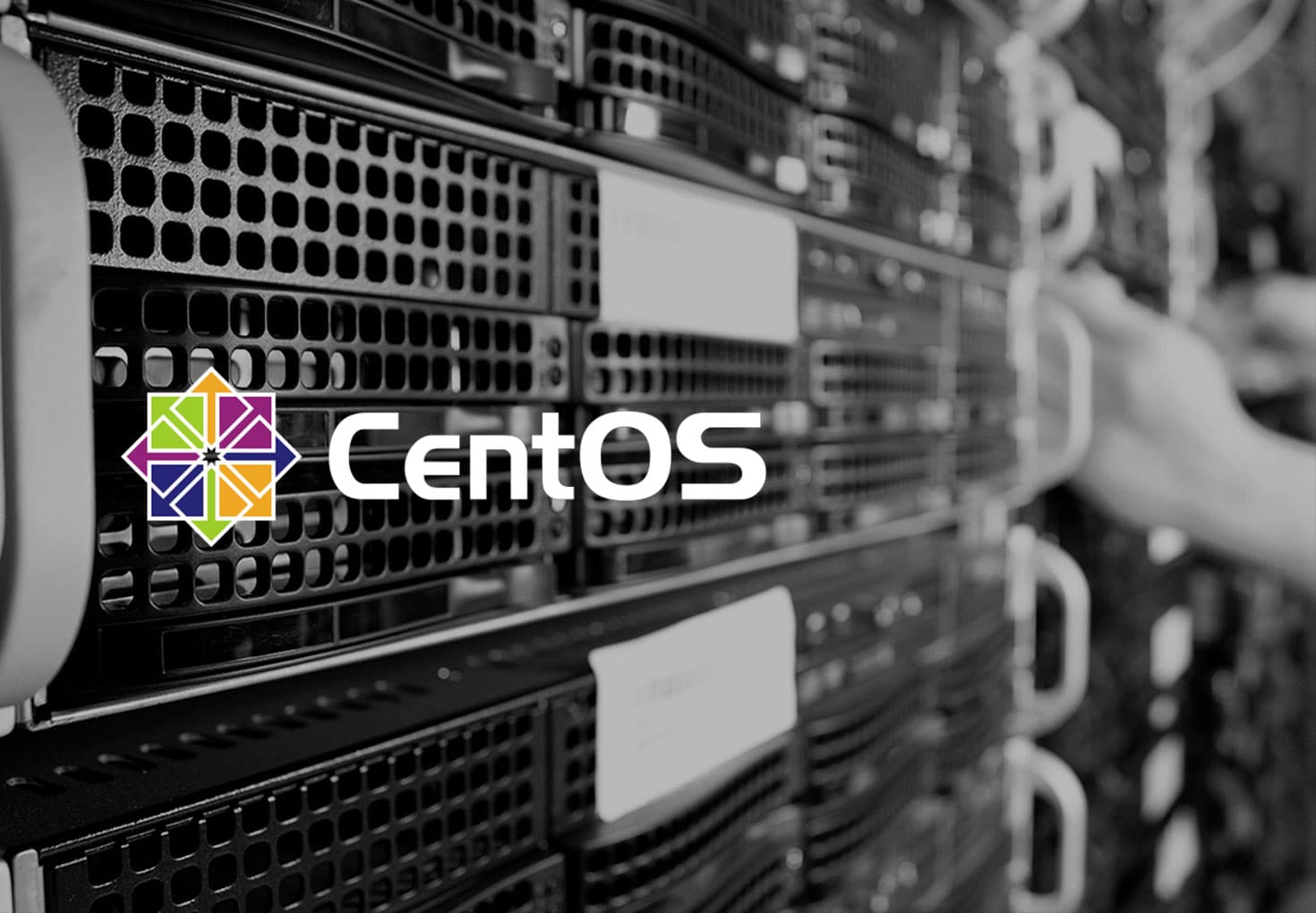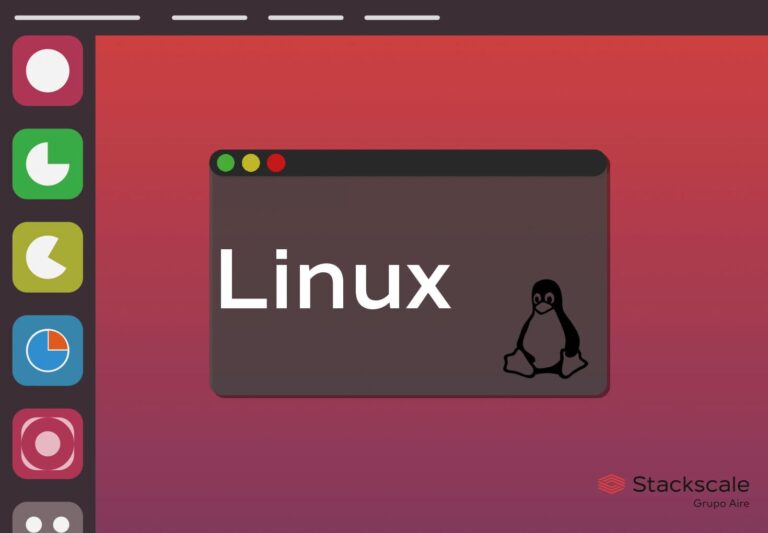CentOS Linux was launched in 2004 and has been regularly updated until the discontinuation of CentOS 8 in 2021. Distributed under the GNU General Public License (GNU GPL), it stood out as a stable, predictable and easy to use Linux distribution, with a big community supporting it.
CentOS is short for “Community Enterprise Operating System”. The CentOS Linux distribution was based on the source code of the commercial license Red Hat Enterprise Linux (RHEL). But CentOS Linux was discontinued in December 2021, and it was replaced by CentOS Stream.
From CentOS Linux to CentOS Stream
As part of the Linux family, CentOS is an open source Unix-like operating system based on the Linux kernel — released by Linus Torvalds in 1991. CentOS server is one of the most used web servers in enterprises and organizations. Its many features have positioned CentOS in the Top 3 of the most used Linux distributions, among other popular Linux distributions such as Ubuntu and Debian.
However, CentOS 8, released in 2019, was the last release of the CentOS Linux distro. In September 2019, Red Hat announced that CentOS Linux would be replaced by a CentOS rolling release: CentOS Stream. The life cycle of CentOS Linux 8 ended on December 31st, 2021. As a result, CentOS Linux users need to migrate to a new operating system in order to keep receiving patches, updates and new features. Although CentOS Linux 7 distribution will continue, as scheduled, until 2024.
The timeline is summarized as follows:
- CentOS Linux 7 distribution: updates until June 30th, 2024.
- CentOS Linux 8 distribution: updates until December 31st, 2021.
- CentOS Stream 9 launch date: Q2 2021 (as part of the RHEL 9 development).
What is CentOS Stream?
CentOS Stream is an upstream development platform for Red Hat Enterprise Linux. Red Hat expects this distribution will be useful for the community, as a stable ABI/API for testing and development. It can be downloaded, used, studied, modified and redistributed for free (with the exception of CentOS trademarks owned by Red Hat). This platform aims to take advantage of open-source innovation for shaping upcoming stable RHEL releases.
Rocky Linux, an alternative to CentOS (by Gregory Kurtzer)
The focus shift from CentOS Linux to CentOS Stream has pushed the founder of the CentOS project, Gregory Kurtzer, to start a new Linux distribution called “Rocky Linux”. This new enterprise-ready distribution aims to be a real replacement for CentOS Linux. The first release took place in April 2021 — intended for the community to test, validate expected functionality and report potential bugs. Stackscale collaborates with this open-source project by delivering public mirrors in Amsterdam and Madrid.
Rocky Linux aims to continue the community-supported distribution based on RHEL, after the discontinuation of CentOS 8 by December 2021. As the new strategy of Red Hat entails numerous problems across the CentOS community. Nevertheless, Rocky linux is not affiliated with Red Hat.
In addition to Rocky Linux, other alternative distributions have appeared, such as AlmaLinux.
CentOS Linux and Red Hat Enterprise Linux (RHEL)
CentOS Linux was a community-supported distribution built from the source code of the Linux commercial distribution, Red Hat Enterprise Linux. As Red Hat uses open source software (published under a GPL) for building their product, they must make their source code available to the public. As a result, CentOS was a distribution functionally compatible with Red Hat Enterprise Linux. The main changes between both distros consisted in removing vendor branding and artwork.
Nevertheless, CentOS did not have Red Hat’s certifications, as it was only based on its source code. The CentOS project created binary packages from the publicly available source packages provided by Red Hat, so that anyone could use them for free. However, there could be some differences between the packages distributed by Red Hat and CentOS, since some changes were not made public.
Since 2014, Red Hat has sponsored the CentOS project in order to help establish a proper platform for the open source developers that integrate technologies using CentOS. So, in that same year, developers from Red Hat and CentOs came together in the Governing Board, in order to manage the distribution and the different working teams involved. This Governing Board is composed of original members of the CentOS project and Red Hat employees.
After the discontinuation of CentOS 8 in December 2021, CentOS Stream has replaced the CentOS Linux distribution. However, this distribution is not a real replacement for CentOS 8. This new distro is positioned as a midstream distribution between Fedora Linux and RHEL.
What is the CentOS project?
The CentOS project is the organization in charge of managing the platform’s development. It goes beyond the operating system and provides resources for other groups to make the development of tools based on CentOS easier. Moreover, the CentOS project aimed to establish CentOS Linux as a leading community platform for emerging open source technologies from other projects.
Special Interest Groups (SIGs)
Special Interest Groups (SIGs) are small work teams where certain members of the CentOS community focus on specific issues in order to raise awareness, enhance the Linux distribution and optimize functional aspects (such as infrastructure or documentation). Some examples of SIGs are ArtWork, Core and Virtualization.
CentOS main features
Until the discontinuation of CentOS Linux 8, CentOS was a rebuild of RHEL. The distro was based on its source code and both operating systems shared many features.
Stable Linux distribution
CentOS Linux counted on a committed community of developers who keeped it updated and ensured compatibility both with new software and old applications. Besides, core developers were supported by an active community of volunteer users around the world — system administrators, network administrators, Linux enthusiasts, etc — that tested releases, rebuilt updates and provided support.
High performance & availability
It offered great performance and high-availability using KVM (Kernel-based Virtual Machine) for virtualization.
High level of security
Red Hat’s security team proactively detected vulnerabilities and guaranteed a high level of security. Besides, CentOS included the kernel extension SELinux (Security Enhanced Linux).
Regular updates and support
CentOS versions were regularly updated, approximately every 6 months, and were supported for 10 years.
CentOS Linux versions
CentOS Linux versions were based on each equivalent RHEL version. So, each CentOs version was named under the same version number and timestamp as its Red Hat Enterprise Linux equivalent. The timestamp of each version corresponds to the year and month of the equivalent version released by Red Hat. For instance, the version 8 of CentOS is named “CentOS 8.0-1905” because RHEL 8.0 was released in May, 2019.
Version updates were implemented from RHEL to CentOS with a delay of between two and six weeks. A new major CentOS version was released approximately every 2 years and each of them was supported for 10 years. Besides, as mentioned above, versions were regularly updated every 6 months, approximately.
| Version | Release date | Full updates | Maintenance updates |
| CentOS Linux 3 | March 19th, 2004 | July 2006 | October 2010 |
| CentOS Linux 4 | March 9th, 2005 | March 2009 | February 2012 |
| CentOS Linux 5 | April 12th, 2007 | January 2014 | March 2017 |
| CentOS Linux 6 | July 10th, 2011 | May 2017 | November 2020 |
| CentOS Linux 7.0-1406 | July 7th, 2014 | August 6th, 2020 | June 2024 |
| CentOS Linux 8.0-1905 | September 24th, 2019 | December 31st, 2021 | December 31st, 2021 |
Latest CentOS Linux version: CentOS 8.0-1905
CentOS 8 was the latest major version, released in September 2019. It fully supported the following architectures: x86-64, POWER8 and 64-bit ARM. As for the kernel, CentOS 8.0-1905 was based on the Linux 4.18 kernel.
Minor versions of CentOS Linux 8 were released later on:
- CentOS 8.1-1911: released on January 15th, 2020. RHEL 8.1 was released on November 5, 2019.
- CentOS 8.2-2004: released on June 15th, 2020. RHEL 8.2 was released on April 28th, 2020.
- CentOS 8.5-2111: released on November 16th, 2021. RHEL 8.5 was released on November 10th, 2021.
However, as mentioned before, CentOS 8 end-of-life arrived on December 31st, 2021. The CentOS Linux distribution has been replaced by CentOS Stream.
CentOS Stream versions
These are the versions of CentOS Stream as of January 2022.
| Version | Release date | End of Life |
| CentOS Stream 8 | November 2021 | May 31st, 2024 |
| CentOS Stream 9 | December 2021 | Same end of life as RHEL 9 |
More details about CentOS.





